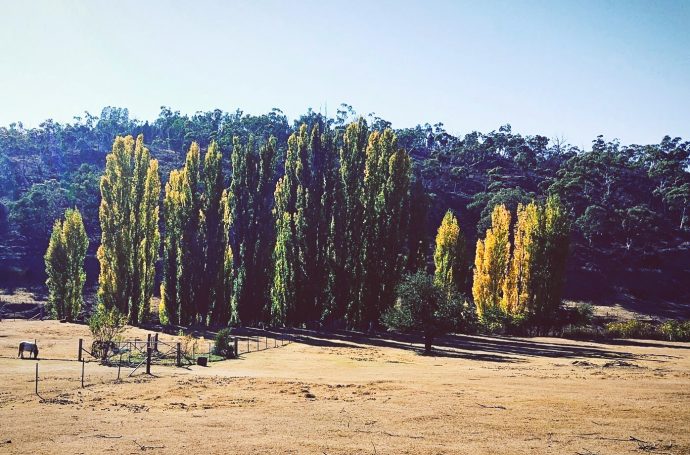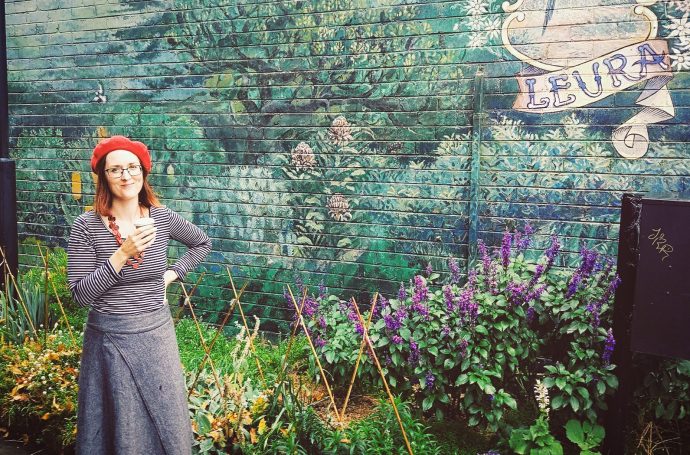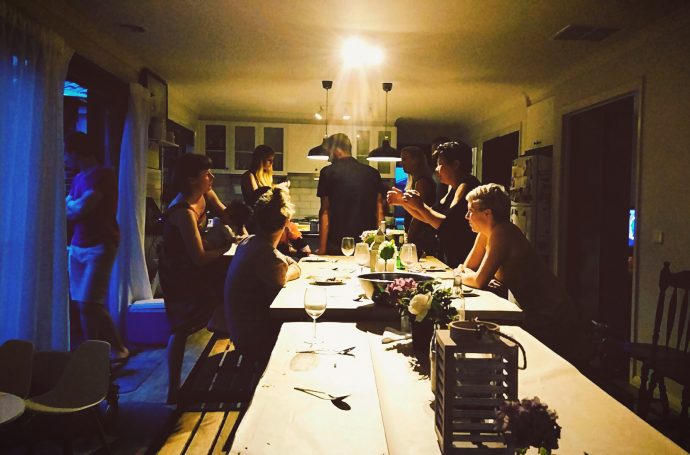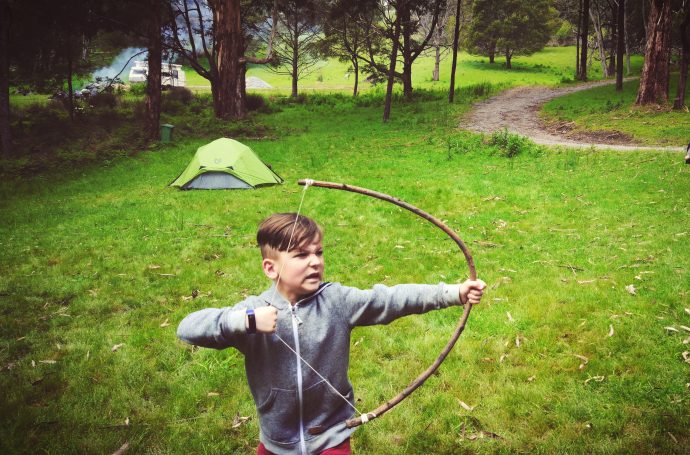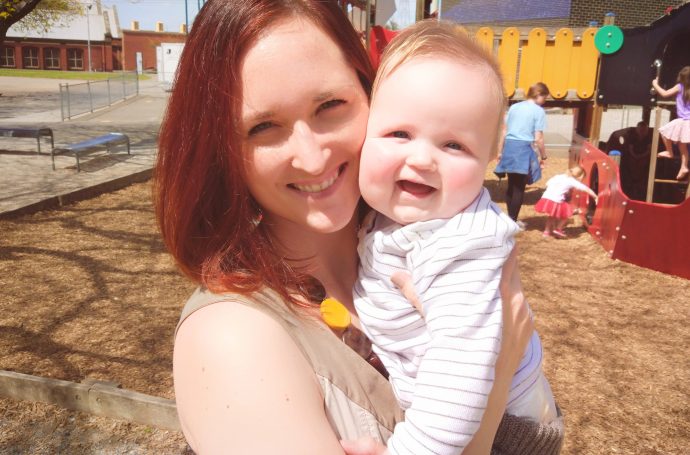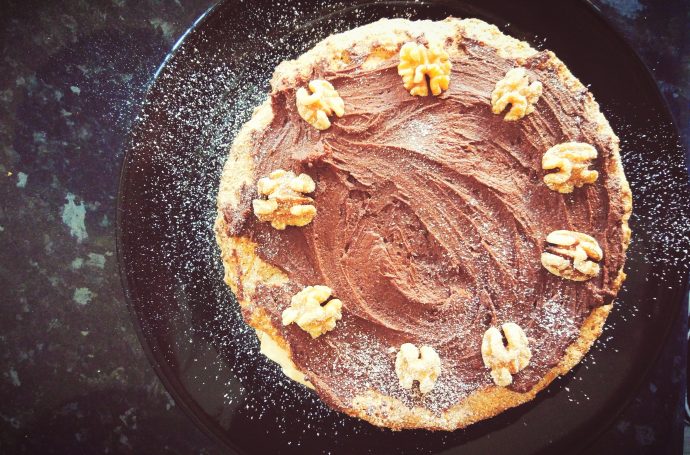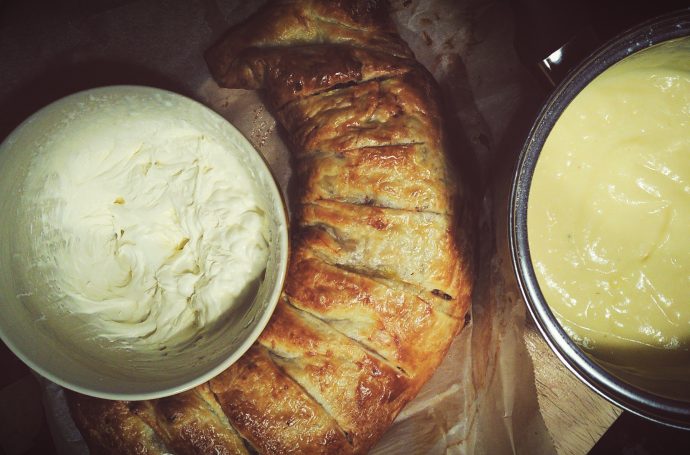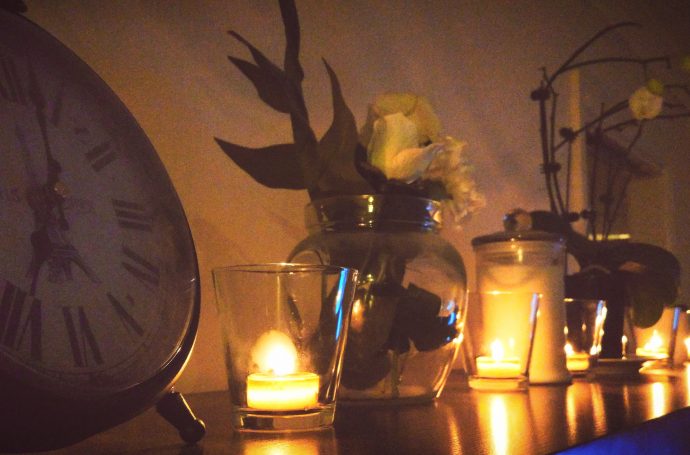I straddle two universes.
My hands engage in the perfunctory motions of scouring and scrubbing, the rhythmic beat of the indicator anchors me to the road, my steps continue to plod forward… but my mind is far, far away.
I’m in the middle of ‘worldbuilding’ at the moment. My middle-grade fantasy series is evolving, shifting, blooming… characters are emerging, settings looming and rules settle into place. The story that began as a lighthearted creation for my children is expanding. And I’m loving it.
As I plot and construct, I have stumbled across many great resources and ideas that might be helpful to others also in the process of dreaming up a tangible space in which to set a novel.
1. Use Pinterest
A word of warning, you might never emerge from your boards if inspiration gets hold of you! I love Pinterest for getting a vivid feel of location, sparking creativity for plot devices and understanding characters in greater depth. Angela Mills (‘10 Ways I Use Pinterest as a Fiction Writer‘) has a heap of great tips for many more ways to use the platform.
2. Pay Attention to Dreams
I’m not entirely sure if I subscribe to this one but apparently a number of famous writers (including Stephen King and Stephanie Meyer) found the spark for their book mysteriously came to them during the night. The idea of Morning Pages is touted as a great way to capture those fleeting last moments before they disappear into the ether.
3. Research
One of my all time favourite authors has an incredible three part series on the Laws of Magic Systems (Sanderson’s First Law, Sanderson’s Second Law, Sanderson’s Third Law). He outlines hard magic, soft magic, the importance of weaknesses and limitations, consistency, depth and points to examples in fantasy literature. I suspect I will be revisiting these pieces again and again.
4. Embrace the Inner Plotter
As much as I identify as a ‘pantser‘ I have come to regret this a little in the creation of this fantasy series. Admittedly, many of my ideas have arisen as my fingers tap away and will be used in the long run, but there is definitely something to be said for at least having a solid framework to be creative within. I’m not completely switching sides, but I have a few documents on the go at the moment that I’m compulsively adding to in order to have a much better grounding.
5. Let it Rest
I get a little antsy when not writing. I feel like I’m wasting time, letting minutes tumble through my fingers. There is, however, a lot to be said about letting your mind run free to just imagine and sort through the elements without the pressure of plot and narrative. This short animated piece by Kate Messner (‘How to Build a Fictional World‘) is a great one to get you going.
Links to other helpful articles:
The Ultimate Guide to Worldbuilding: How to Write Fantasy, Sci-Fi and Real-Life Worlds
7 Deadly Sins of Worldbuilding
7 Worldbuilding Tropes Science Fiction and Fantasy Needs to Stop Using
Fiction Writing: How to Create a Believable World for Your Characters
What are your tips for worldbuilding? Do you have a tried and true plan that you stick to? I’d love to hear about it!

